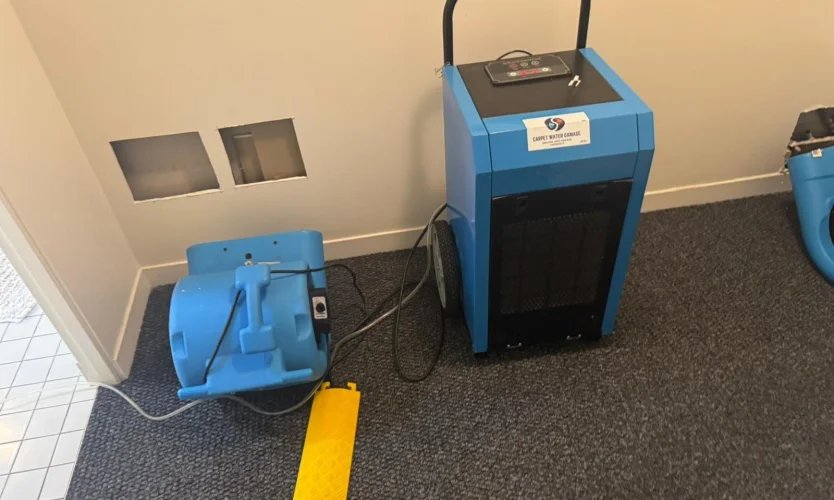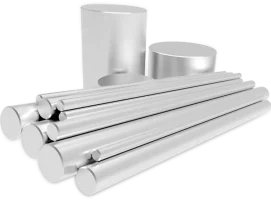How Long Does It Take to Dry a Wet Wall Completely?
When a wall gets wet due to leaks, flooding, or plumbing issues, homeowners often wonder: how long does it take to dry a wet wall completely? Understanding the drying process is crucial for preventing mold growth, structural damage, and long-term problems. At Structural Drying Australia, we specialize in fast and efficient wet wall drying solutions that ensure your home remains safe and healthy.
What Factors Influence Wet Wall Drying Time?
The time it takes for a wall to dry completely depends on several key factors. Each situation is unique, so assessing these elements is essential:
-
Type of Wall Material
Different wall materials absorb and release moisture at different rates. Drywall, plaster, and timber respond differently to water exposure. Drywall tends to absorb water quickly, but it also takes longer to dry thoroughly. Timber walls may retain moisture internally, which requires extended drying periods. -
Extent of Water Damage
A minor leak will dry faster than a wall soaked from flooding. The depth of saturation significantly impacts the drying timeline. Water trapped behind walls can take days or even weeks to fully evaporate if not addressed promptly. -
Humidity and Temperature Levels
High humidity slows down the drying process, while warm and ventilated environments accelerate evaporation. Using dehumidifiers, heaters, and fans can significantly reduce drying time. -
Air Circulation
Proper airflow is critical for wet wall drying. Poorly ventilated rooms can prolong moisture retention and encourage mold growth. Opening windows and using mechanical ventilation helps moisture escape quickly. -
Presence of Insulation
Walls with insulation can trap moisture inside, extending drying times. Wet insulation may need to be removed and replaced to ensure the wall dries completely.
How Long Does Wet Wall Drying Usually Take?
In general, wet wall drying can take anywhere from 24 hours to several days, depending on the factors listed above. Here’s a breakdown:
-
Minor Surface Wetting: 24–48 hours
If water only affects the surface layer of drywall or plaster, using fans and dehumidifiers can usually dry the wall in a day or two. -
Moderate Saturation: 3–7 days
Walls that have absorbed water deeper into the structure require more intensive drying. Professional equipment, like air movers and industrial dehumidifiers, can speed up the process. -
Severe Water Damage: 1–3 weeks
In cases of flooding or major plumbing failures, moisture can penetrate behind walls, into timber framing or insulation. Full drying may take weeks and often requires the expertise of professionals like Structural Drying Australia.
Ceiling Drying: Why It’s Different from Wall Drying
Many people overlook ceilings when dealing with water damage. Ceiling drying is critical because water often travels upward, especially in multi-story buildings. A wet ceiling can compromise structural integrity and lead to stains or mold growth.
Ceilings usually take longer to dry than walls because:
-
Water may spread across joists, creating pockets of trapped moisture.
-
Ceiling materials, such as plasterboard or popcorn texture, absorb and retain water more easily.
-
Gravity slows evaporation from overhead surfaces.
Effective ceiling drying involves air movers directed upward, dehumidifiers, and sometimes removal of damaged panels to prevent secondary damage.
Signs That a Wall or Ceiling Is Fully Dry
Knowing when wet wall drying or ceiling drying is complete is crucial. Relying solely on surface dryness can be misleading. Key signs include:
-
Moisture Meter Readings
Professionals use moisture meters to measure internal water content. A wall may feel dry but still contain significant moisture internally. Readings within safe limits confirm complete drying. -
No Damp Odors
Lingering damp smells indicate residual moisture. Properly dried walls and ceilings will have neutral indoor air. -
Absence of Mold or Mildew
Mold starts forming within 24–48 hours of water exposure in humid conditions. Fully dried structures prevent fungal growth. -
Stable Wall Material
Warping, bubbling paint, or soft spots signal retained moisture. Once these signs disappear, it’s likely the wall or ceiling has dried completely.
Wet Wall Drying Tips for Homeowners
While professional services are recommended for severe water damage, homeowners can take steps to accelerate drying:
-
Increase Ventilation: Open windows and doors to create airflow.
-
Use Fans and Dehumidifiers: Place fans near wet walls and run dehumidifiers in the affected room.
-
Remove Wet Furniture and Carpets: This reduces hidden moisture sources.
-
Check for Hidden Moisture: Inspect behind baseboards, cabinets, or ceilings for trapped water.
-
Monitor Humidity Levels: Keep indoor humidity between 30–50% to optimize evaporation.
When to Call Professionals
Sometimes, DIY methods aren’t enough. If water damage is extensive, structural elements are affected, or mold is starting to grow, professional intervention is essential. Structural Drying Australia offers advanced wet wall drying and ceiling drying services with industrial-grade equipment to ensure complete moisture removal. Early professional action prevents long-term issues like:
-
Structural weakening
-
Persistent mold growth
-
Electrical hazards
-
Decreased property value
Advanced Wet Wall and Ceiling Drying Techniques
Professionals use specialized techniques to speed up drying without causing further damage:
-
Injectidry Systems: Inject air directly behind walls or ceilings to remove trapped moisture.
-
LGR Dehumidifiers: Low Grain Refrigerant dehumidifiers efficiently lower humidity levels in larger spaces.
-
Thermal Imaging: Detect hidden water pockets without invasive removal.
-
Moisture Monitoring: Continuous measurement ensures the wall or ceiling dries evenly.
These techniques allow walls and ceilings to dry thoroughly and reduce the risk of secondary damage.
Preventing Future Water Damage
Once walls and ceilings are fully dried, taking preventive measures is essential. Simple steps include:
-
Regular Roof and Gutter Maintenance: Prevent leaks that cause ceiling and wall wetting.
-
Seal Windows and Doors: Proper insulation reduces water intrusion.
-
Inspect Plumbing Regularly: Early detection of leaks prevents major water damage.
-
Install Moisture Barriers: Protect basements or high-humidity areas from excess moisture.
Preventive strategies not only protect your home but also reduce the need for costly wet wall and ceiling drying services.
Conclusion: Patience and Proper Technique Are Key
In summary, how long it takes to dry a wet wall completely depends on multiple factors including material, saturation, ventilation, and climate conditions. Minor wetting can be resolved within a day or two, while severe water damage may take several weeks to dry thoroughly. Ceiling drying adds another layer of complexity but is just as critical.
For reliable and professional wet wall drying and ceiling drying services, trusting experts like Structural Drying Australia ensures your property is restored efficiently and safely. By addressing moisture promptly and correctly, you protect your home from mold, structural damage, and long-term issues.














